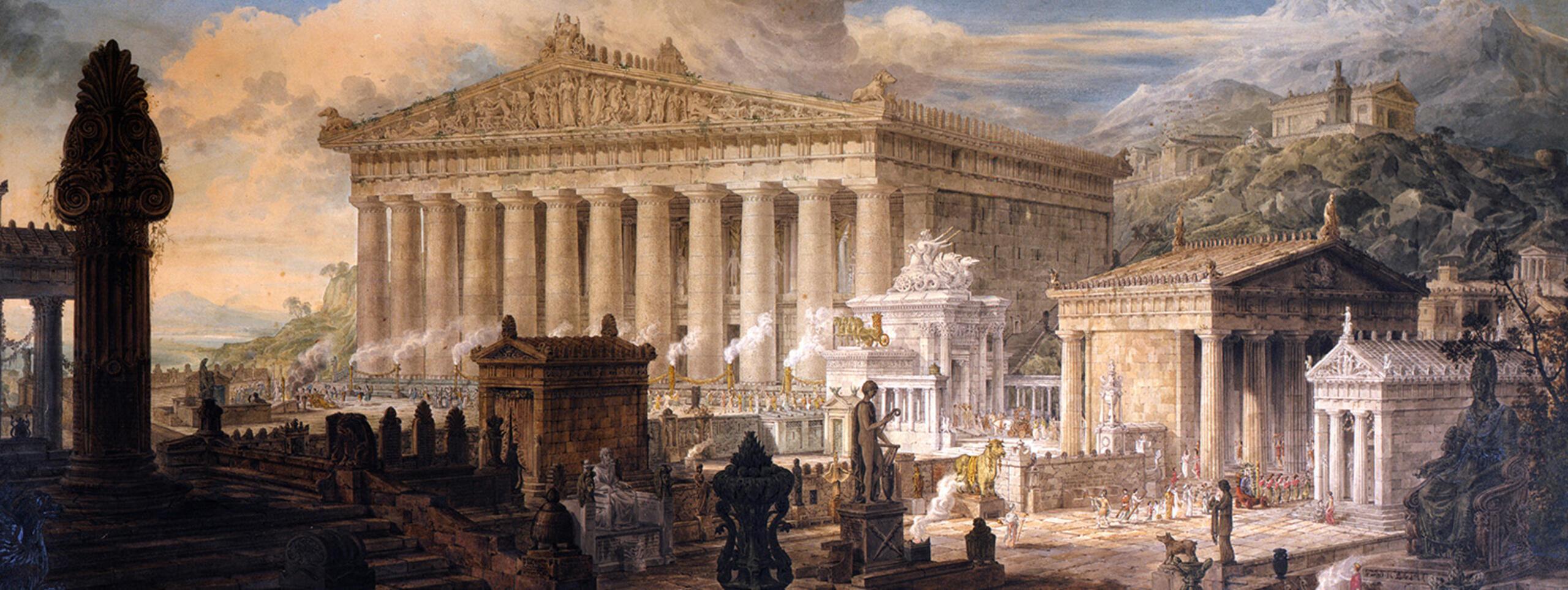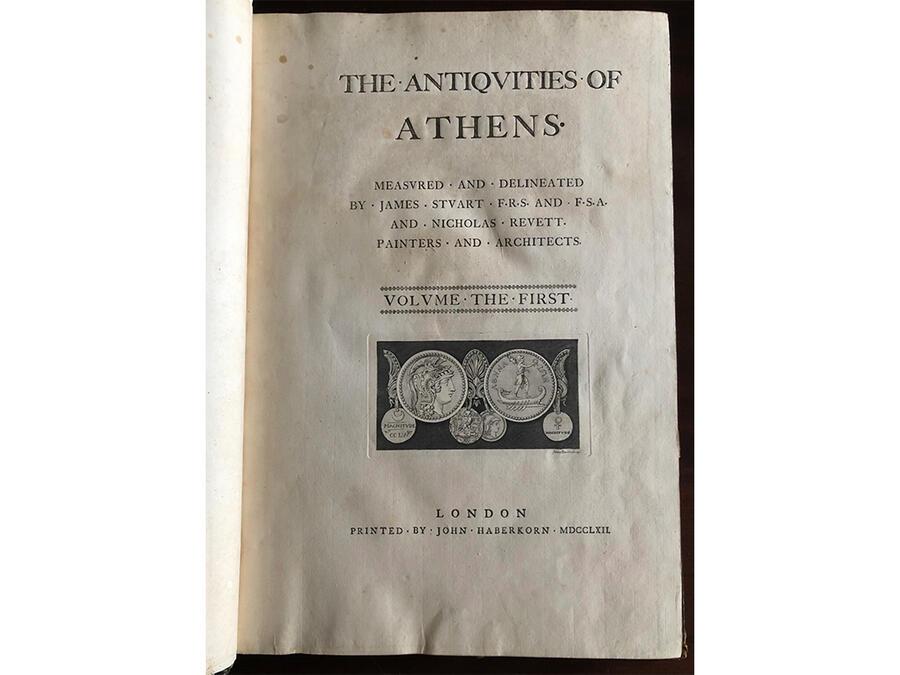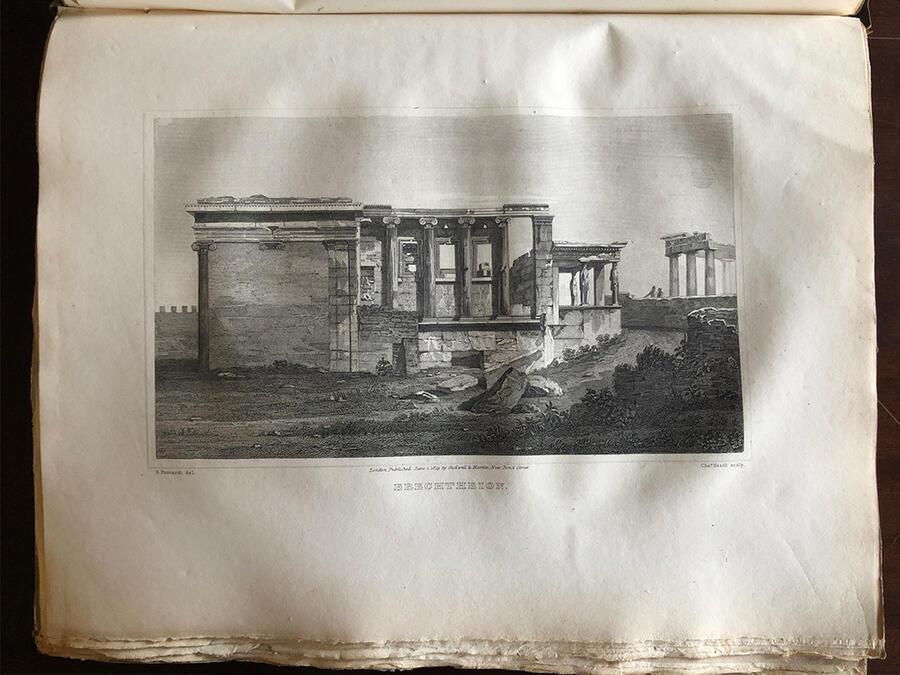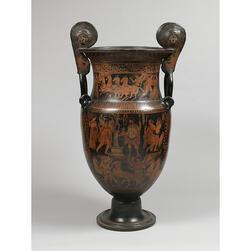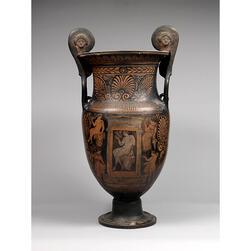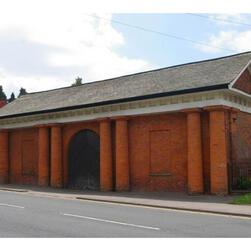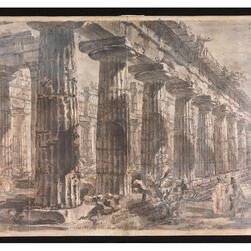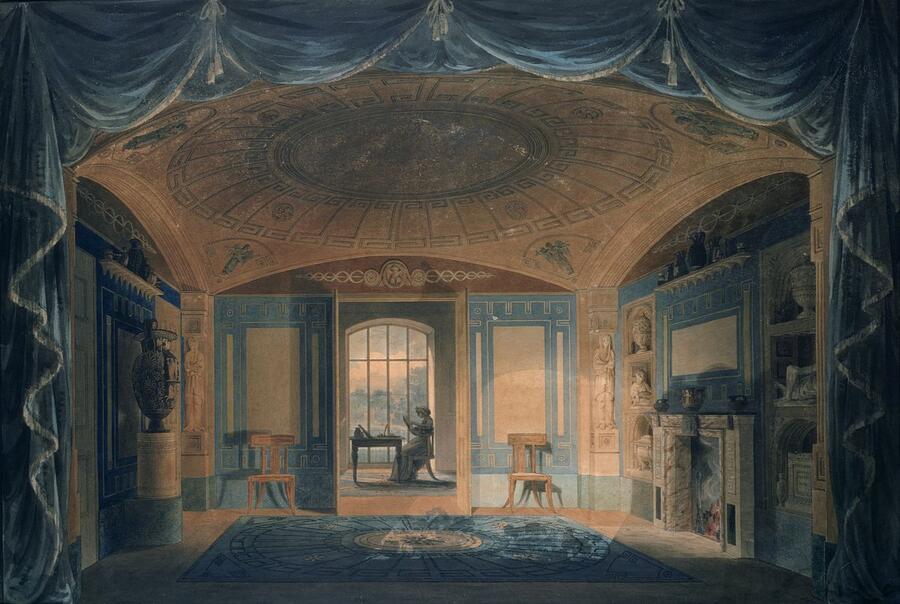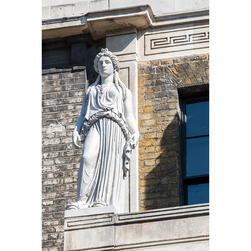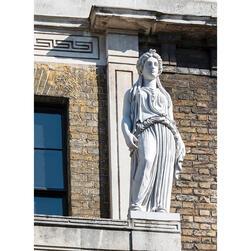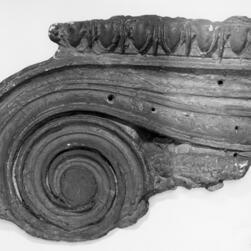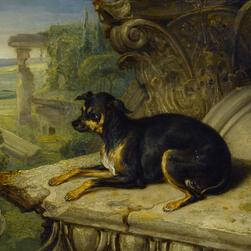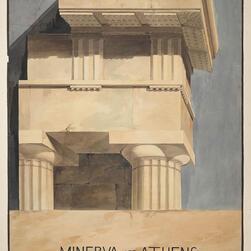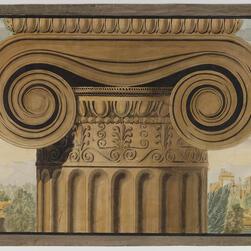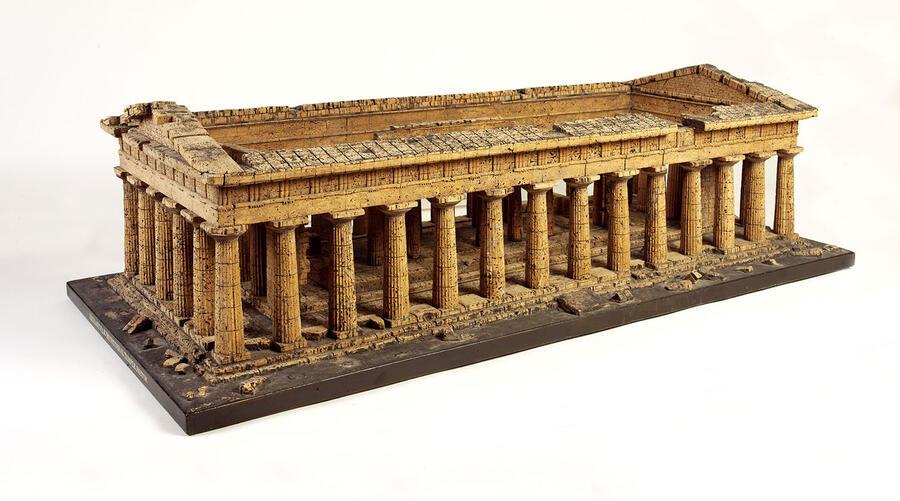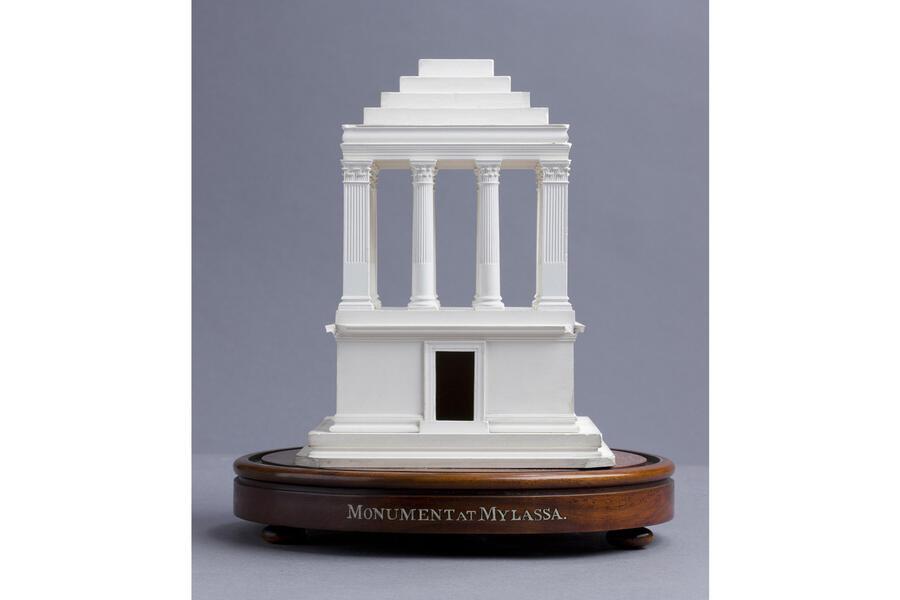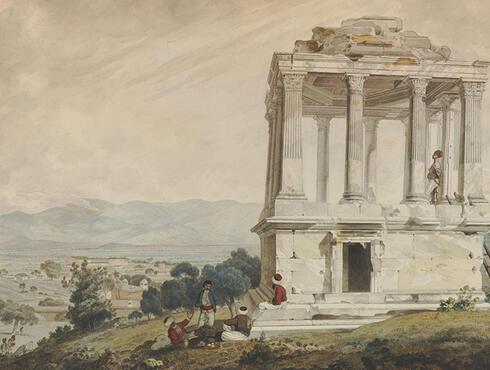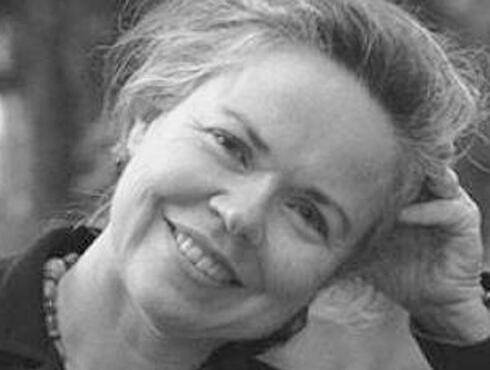During the 18th century, the Western world was fascinated by the classical Mediterranean, particularly Ancient Greece and Italy. From the mid-18th century, various publications illustrated new 'discoveries' of Greek art and architecture. Works such as those examined in The Romance of Ruins reflect this fascination with the ancient world and a desire to learn from its art and architecture, challenging the concept of a universal Italianate classicism. There was a growing recognition of other classical sources from other cultures such as Greece and the Near East. This was very much the atmosphere in which Soane was working as a student, and later as an established architect. Soane’s own interest in Ancient Greece is evident in his collections.
